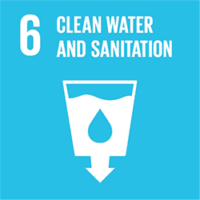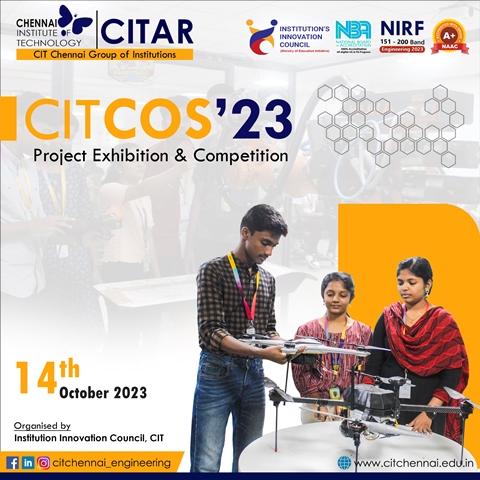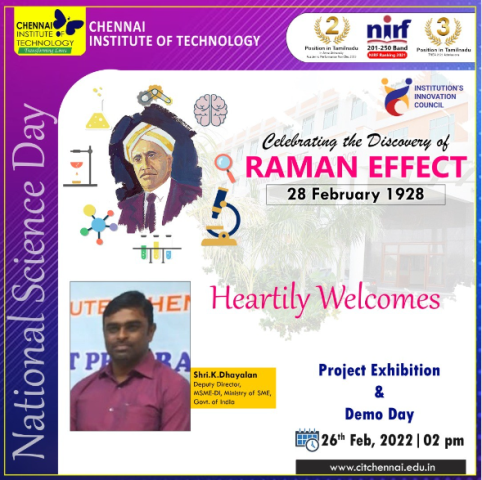Ensure availability and sustainable management of water and sanitation for all
In 2022, about 9.2 per cent of the world population was facing chronic hunger, equivalent to about 735 million people – 122 million more than in 2019. Hunger and malnutrition are barriers to sustainable development because hungry people are less productive, more prone to disease, and less able to improve their livelihoods. To nourish today’s 735 million hungry people and the additional 2 billion people expected by 2050, a profound change of the global food and agriculture system is needed. To achieve zero hunger by 2030, urgent coordinated action and policy solutions are imperative to address entrenched inequalities, transform food systems, invest in sustainable agricultural practices, and reduce and mitigate the impact of conflict and the pandemic on global nutrition and food security.
SDG Goals
- 01 – No Poverty
- 02 – Zero Hunger
- 03 – Good Health and Well-being
- 04 – Quality Education
- 05 – Gender Equality
- 06 – Clean Water and Sanitation
- 07 – Affordable and Clean Energy
- 08 – Decent Work and Economic Growth
- 09 – Industry, Innovation and Infrastructure
- 10 – Reduced Inequalities
- 11 – Sustainable Cities and Communities
- 12 – Responsible Consumption and Production
- 13 – Climate Action
- 14 – Life below Water
- 15 – Life on Land
- 16 – Peace, Justice and Strong Institutions
- 17 – Partnerships for the Goals













